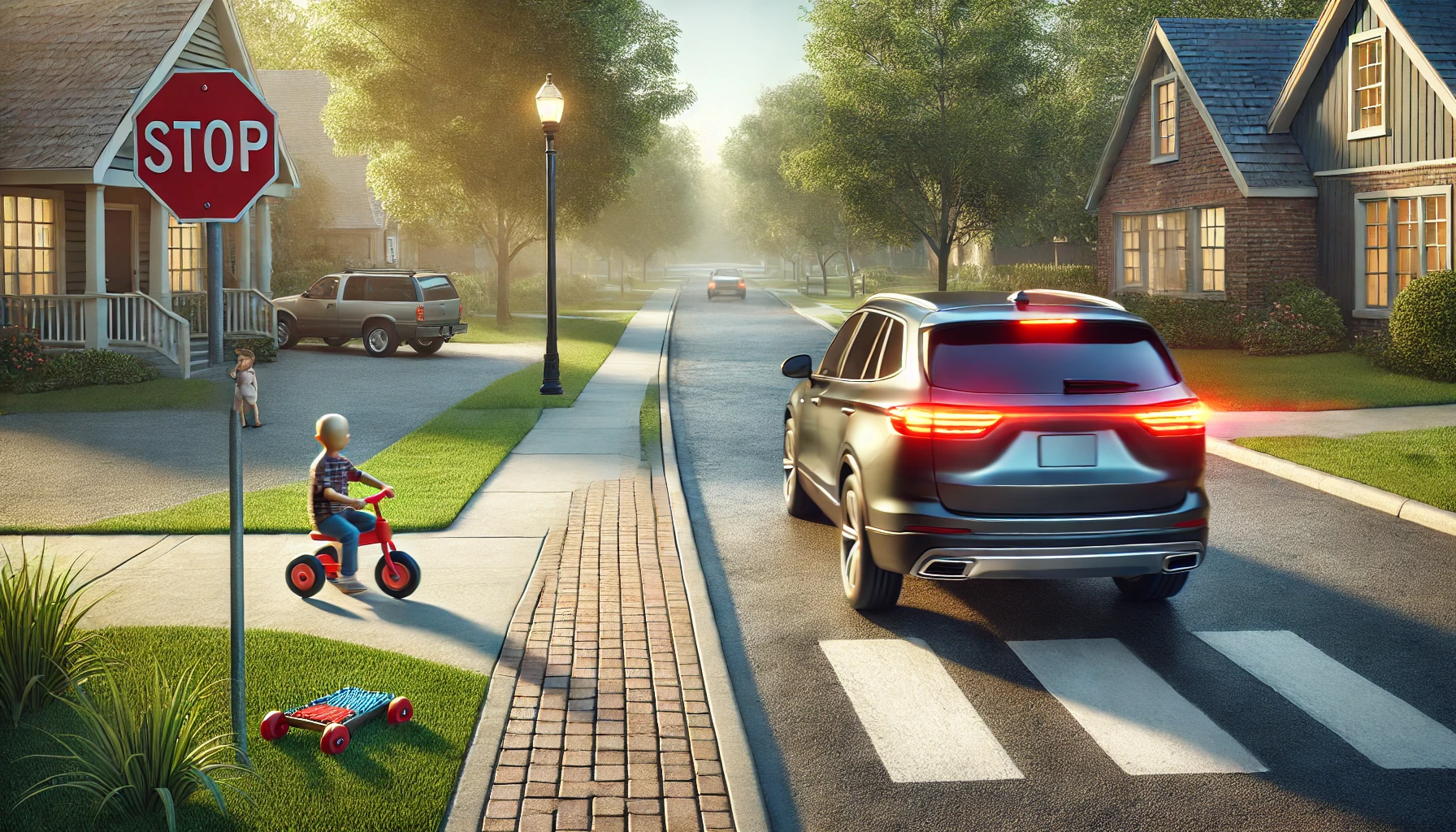The Hidden Dangers: Understanding Non-Traffic Accidents in the US
When we think of motor vehicle accidents, we often picture highways, busy intersections, or reckless drivers on the open road. But there’s a lesser-known and equally concerning type of accident happening right in our neighborhoods, parking lots, and recreational spaces: non-traffic accidents. These incidents, which occur off public roads, can have devastating consequences—and they deserve more attention.
What Are Non-Traffic Accidents?
Non-traffic accidents involve motor vehicles but happen in locations outside the traditional “trafficway.” These include:
- Private property: Driveways, parking lots, or private roads
- Off-road areas: Fields, construction sites, or recreational zones
Examples of non-traffic accidents include:
- A pedestrian struck by a vehicle backing out of a driveway
- A child hit in a busy parking lot
- An ATV rollover in a field
While these accidents may seem less common, the statistics paint a stark picture.

The Alarming Statistics
The National Highway Traffic Safety Administration (NHTSA) reports that between 2016 and 2020, an average of 2,449 people lost their lives annually in non-traffic motor vehicle crashes. Additionally, nearly 87,000 individuals suffered injuries each year during the same period.
One of the most vulnerable groups involved in these incidents are pedestrians and cyclists, accounting for roughly one-third of all fatalities and injuries in non-traffic accidents. Children, in particular, face heightened risks, often as victims of driveway or parking lot accidents.
Why Do These Accidents Happen?
Several factors contribute to the occurrence of non-traffic accidents, including:
- Reduced vigilance: Drivers may let their guard down in non-traffic areas, assuming they’re safer than public roads.
- Children at play: Residential areas and parking lots often attract children, increasing the chances of tragic accidents.
- Reversing vehicles: Limited visibility while backing up, especially in driveways or crowded lots, is a leading cause.
- Distractions: Just like on public roads, distractions such as texting or talking on the phone can lead to devastating outcomes.
These accidents often occur in places where drivers feel most comfortable—places they might not associate with danger.
How Can We Prevent Non-Traffic Accidents?
Reducing non-traffic accidents requires a combination of awareness, education, and action. Here are some key steps to help prevent these incidents:
- Stay vigilant: Always remain alert, even in areas that feel “safe” or familiar.
- Practice safe driving: Drive slowly, check blind spots, and use caution when reversing. Avoid distractions like cell phones.
- Supervise children: Whether in driveways, parking lots, or recreational spaces, ensure children are closely monitored.
- Raise awareness: Share information about the risks of non-traffic accidents with friends, family, and your community.
Small changes in behavior can make a big difference in preventing these often-overlooked tragedies.
Conclusion
Non-traffic accidents may not dominate news cycles, but their impact is profound. By understanding the risks and adopting preventive measures, we can protect vulnerable individuals and create safer communities.
Let’s commit to being more mindful, both on and off the road.
Stay informed. Stay vigilant. Stay safe.
This blog post is for informational purposes only and does not constitute legal advice.